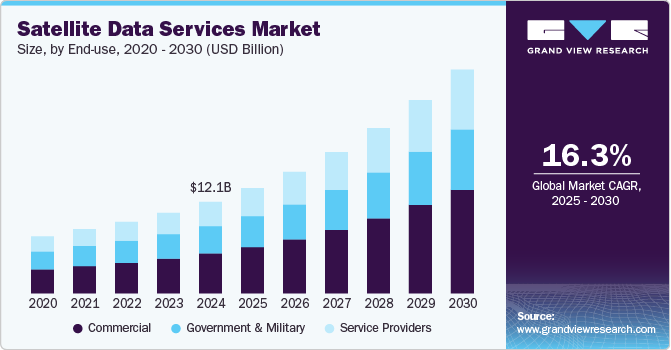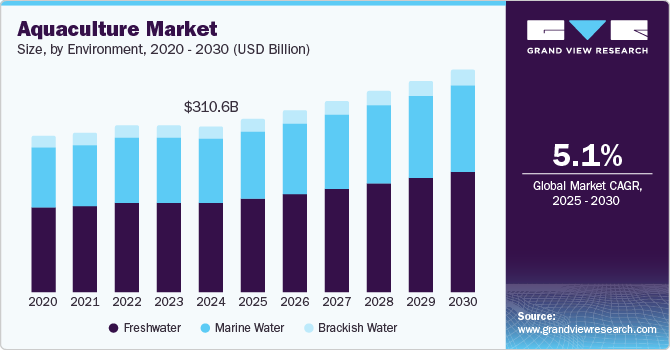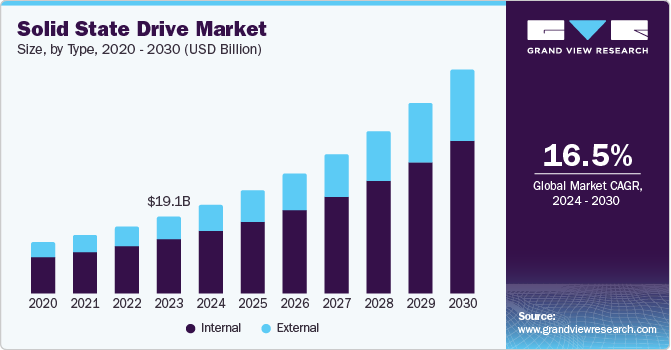DC Circuit Breaker Market Size, Share & Trends Analysis grow at a CAGR of 8.7% from 2024 to 2030

The global DC circuit breaker market size was estimated at USD 4.13 billion in 2023 and is expected to grow at a CAGR of 8.7% from 2024 to 2030. The market is experiencing significant growth driven by several key trends and drivers. One prominent trend is the increasing adoption of renewable energy sources, such as solar and wind power, which require efficient and reliable circuit protection. As countries worldwide strive to reduce carbon emissions and transition to sustainable energy systems, the deployment of DC circuit breakers is becoming crucial for integrating these renewable sources into the grid. Additionally, the rise of electric vehicles (EVs) and the expansion of EV charging infrastructure are creating a substantial demand for DC circuit breakers, which are essential for protecting charging stations and ensuring safe and efficient power distribution.
Request a free sample copy or view report summary: https://www.grandviewresearch.com/industry-analysis/dc-circuit-breaker-market-report/request/rs1
Market drivers include the ongoing modernization of aging power infrastructure and the implementation of smart grid technologies. These initiatives aim to enhance grid reliability, reduce transmission losses, and improve energy efficiency, thereby driving the demand for advanced DC circuit breakers. Moreover, the expansion of high voltage direct current (HVDC) transmission systems, which are essential for long-distance power transmission and integrating remote renewable energy sources, is significantly boosting the market. The increasing need for robust and efficient circuit protection in industrial applications and data centers further fuels market growth.
Market opportunities are abundant, particularly in emerging economies where rapid industrialization and urbanization are taking place. These regions are investing heavily in power infrastructure and renewable energy projects, creating a substantial demand for DC circuit breakers. Advancements in technology, such as the development of solid state and hybrid DC circuit breakers, are also opening new opportunities. These breakers offer superior performance, reliability, and efficiency, making them attractive for a wide range of applications. Furthermore, supportive government policies and incentives for renewable energy adoption and infrastructure development are expected to drive market growth.
Type Insights
The hybrid DC circuit breaker segment dominated the market in 2023 and accounted for a more than 56% share of global revenue. This is due to their balanced combination of mechanical robustness and electronic efficiency. These breakers incorporate both mechanical and solid-state elements, offering the best of both worlds: the high-speed interruption capabilities of solid-state devices and the durability and reliability of mechanical systems. This hybrid approach makes them ideal for a wide range of applications, including transportation, power distribution, and industrial systems, where both reliability and performance are critical.
The ongoing expansion of renewable energy projects and the modernization of power grids further boost the demand for hybrid DC circuit breakers. Their ability to handle high power levels and provide fast, reliable switching makes them essential for integrating renewable energy sources and ensuring grid stability. Moreover, advancements in hybrid technology are continually improving their performance, efficiency, and cost-effectiveness, reinforcing their dominance in the market. The versatility and adaptability of hybrid DC circuit breakers make them a preferred choice for many industries, ensuring their continued leadership in the market.
The solid-state DC circuit breaker segment is projected to witness high CAGR from 2024 to 2030. Solid state DC circuit breakers are witnessing rapid growth due to their superior efficiency, reliability, and quick switching capabilities. These breakers use semiconductor devices to interrupt the current flow, eliminating the mechanical wear and tear associated with traditional mechanical breakers. This characteristic makes them particularly suitable for applications requiring frequent switching and high-speed operation, such as renewable energy systems, data centers, and electric vehicles. The increasing deployment of smart grids and advanced power distribution networks also drives the demand for solid state DC circuit breakers.
As power systems become more complex and distributed, the need for precise and reliable control grows, further propelling the adoption of solid-state technology. Additionally, ongoing advancements in semiconductor materials and technology are expected to enhance the performance and reduce the costs of these breakers, making them more accessible for various applications. The trend towards electrification and digitalization in multiple sectors underscores the significant growth potential of solid-state DC circuit breakers, positioning them as a key component in the evolving energy landscape.





